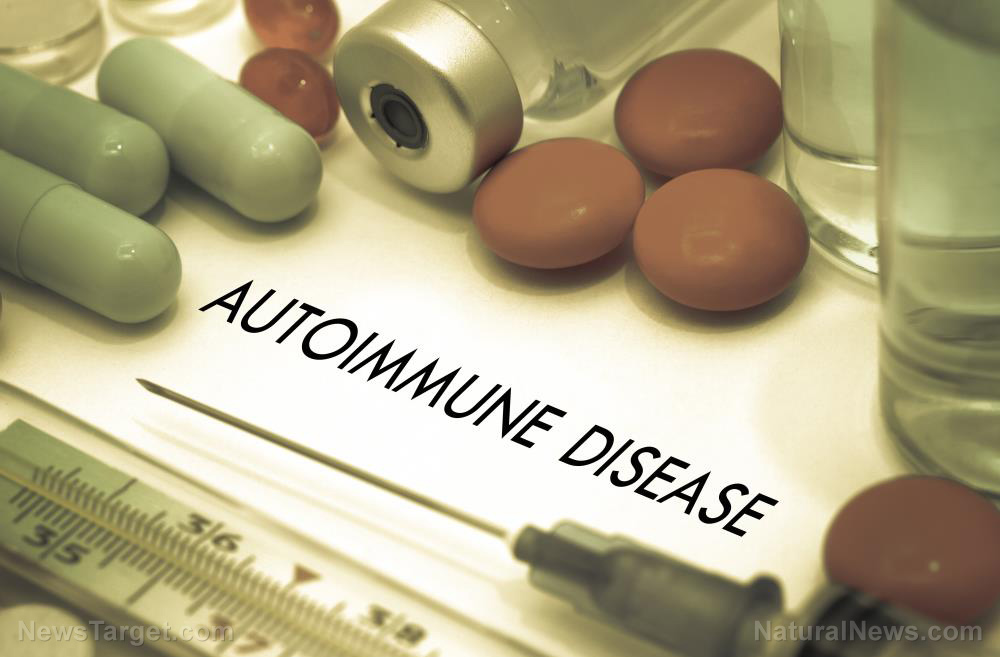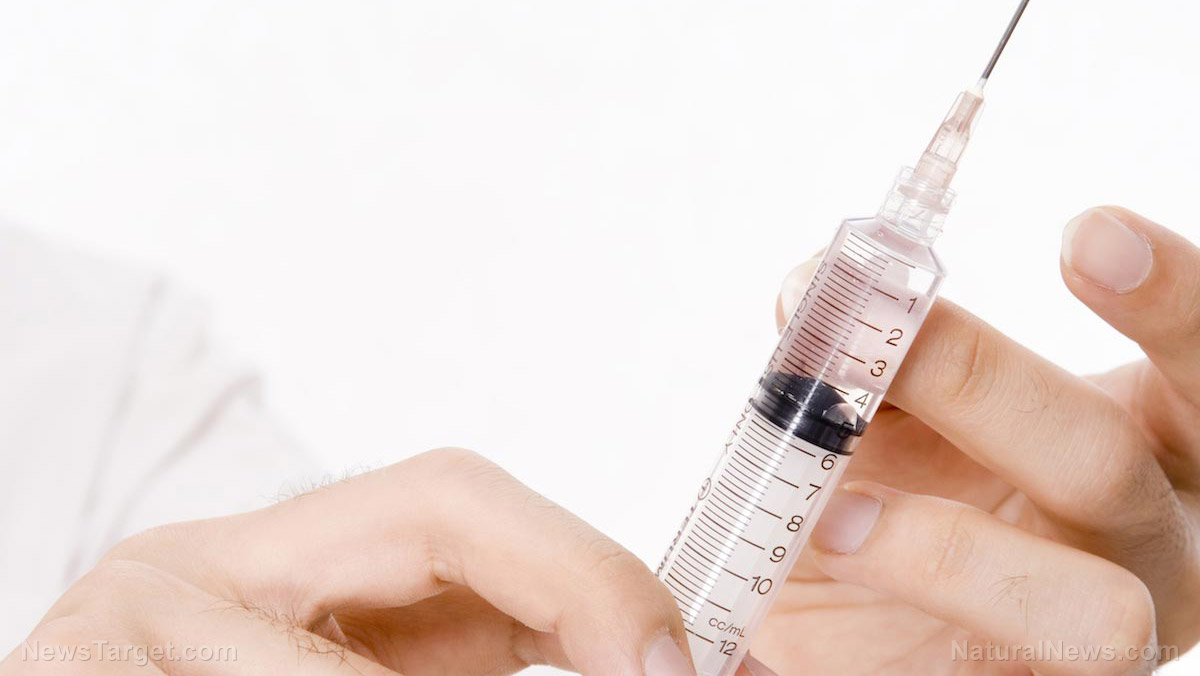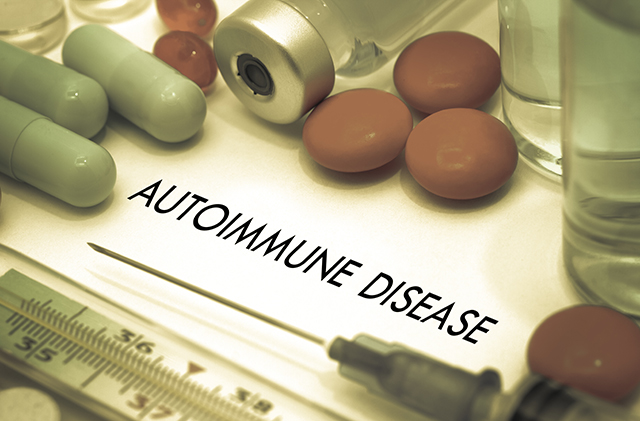
As reported by Natural Health 365, at least 250,000 American children have been diagnosed with some form of childhood arthritis – and the numbers are growing at a steady rate. In fact, twice as many children now develop this condition as in the 1980s. The Centers for Disease Control and Prevention (CDC) reports that there is no cure for juvenile arthritis and that it can cause permanent physical damage to the joints, making simple everyday tasks like walking or getting dressed a nightmare for young sufferers.
The CDC notes on its website that “the exact cause of childhood arthritis is unknown.” It adds, however, that this disease is often linked to an immune system that “may not work right,” causing inflammation in various parts of the body, including the joints. So, what could be causing such failures in the immune systems of young children? The science says the culprit – at least for some of these children – could be vaccines.
The link between vaccines and juvenile arthritis
The problem with vaccines is that they create the perfect environment for the development of arthritis in children. Natural Health 365 explains:
[B]oth genetics and environment play huge roles in determining which children develop arthritis.
As far as environmental factors go, we already know that childhood infections can stimulate an autoimmune snowball effect – an effect which can cause a child’s immune system to attack its own joint tissues.
The result? Chronic joint pain, stiffness, and swelling.
Now, think about what vaccines do: they stimulate a “controlled” infection with whatever virus is injected into the body. This is done with the pure intention of triggering an immune system response, the idea being that the child’s body will create antibodies so the next time he or she is exposed to the virus, the immune system will be better equipped to fight it off.
Vaccines, therefore, intentionally create such an "autoimmune snowball effect."
In fact, studies have found that the ages at which childhood arthritis diagnoses peak – between 1 and 2, and then again between the ages of 8 and 12 – coincide exactly with the ages at which children receive their initial vaccines and then get their booster shots.
Incidences of childhood arthritis also peak in the winter months, right around the time when well-meaning parents ensure that their kids get their flu shots.
The scientific evidence of a link
While there are limited studies on the link between vaccines and childhood arthritis, such studies do exist.
For example, a study entitled, Adverse Events Associated with Hepatitis B Vaccine in U.S. Children Less Than Six Years of Age, 1993 and 1994, published in the journal Annals of Epidemiology in 2001, found a clear link between children who received the hepatitis B vaccine during infancy and the development of juvenile arthritis, along with an increased risk of acute ear infections and pharyngitis. (Related: Overuse of antibiotics tied to double the risk of juvenile arthritis in study.)
In addition, according to the website Drugs.com, some of the “more common” side effects of the Fluarix Quadrivalent influenza vaccine include “difficulty with moving,” “joint pain” and “swollen joints.”
Childhood vaccines are also known to contain thimerosal (mercury) and heavy metals like aluminum, which have been linked to autoimmune diseases.
Clearly, there is more than enough reason for parents concerned about juvenile arthritis to exercise caution before allowing their children to receive vaccinations.
Discover more of the potential dangers association with vaccination at Vaccines.news.
Sources include:
Please contact us for more information.























